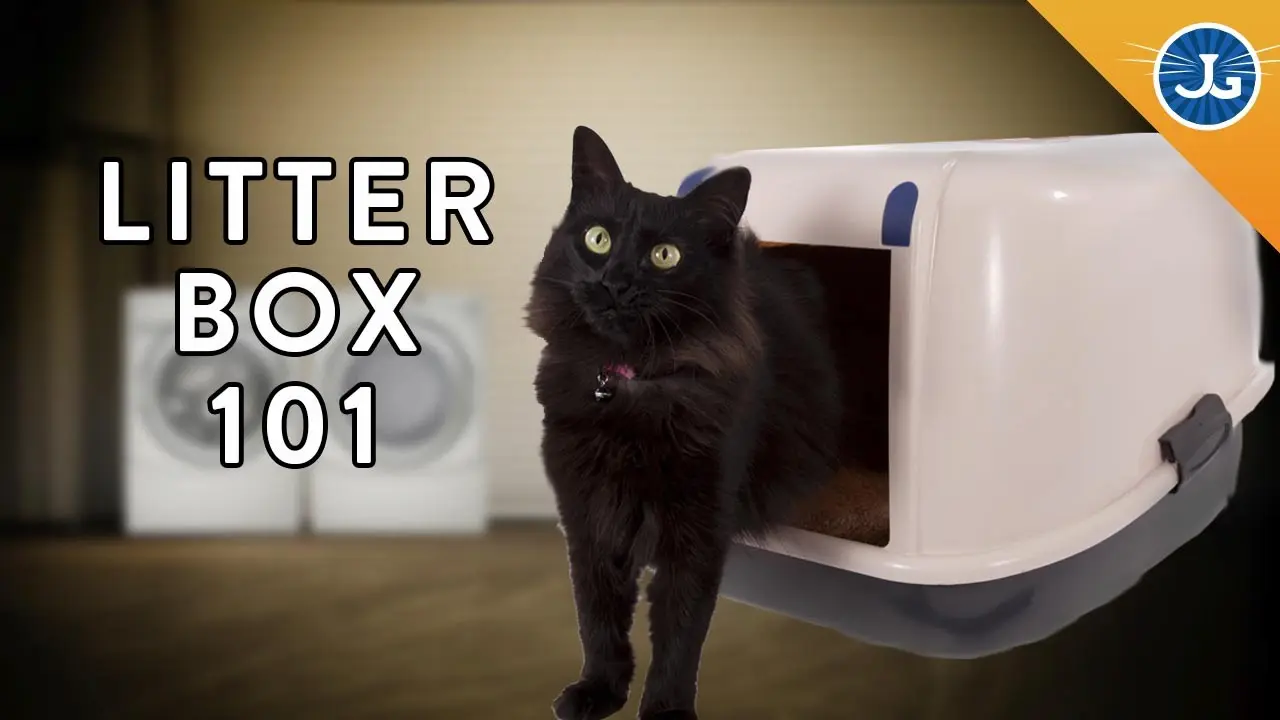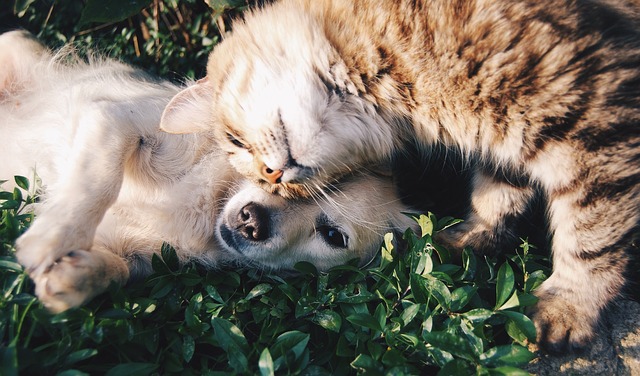How To Determine The Right Litter Box For Your Cat?
Selecting the right litter box for your
You’ll need to contemplate various factors like the type of box, the size and space it requires, and even its material and design features.
For example, does your
Is your home spacious enough for a larger litter box, or do you need something more compact?
Maintenance is another key aspect—how often are you willing to clean it? Understanding these elements can make a significant difference in your
But how do these choices impact your
Types of Litter Boxes
When choosing a litter box for your
Covered litter boxes, on the other hand, offer more privacy for your
Self-cleaning litter boxes are another choice, designed to make your life easier by automatically scooping waste into a separate compartment. While these can be more expensive, they save you time and reduce the frequency of manual cleaning.
High-sided litter boxes are great for cats that like to dig and scatter litter. They keep the mess contained, which can be particularly useful if you have a larger
Lastly, consider top-entry litter boxes.
These have an opening on the top, which can help reduce tracking of litter outside the box and keep dogs or small children from accessing the contents.
Each type caters to different needs, so think about your
Size and Space Considerations
Selecting the appropriate size and locating the ideal space for your
Ideally, the box should be one and a half times the length of your
A cramped litter box can lead to accidents outside the box, as your
Consider where you place the litter box in your home.
Choose a quiet, low-traffic area to give your
Accessibility is also important; make sure the box is easily reachable, especially for older cats or those with mobility issues.
If you have multiple cats, having one more litter box than the number of cats is a good rule of thumb.
This helps prevent territorial disputes and ensures that each
Material and Design Features
Once you’ve determined the right size and location, it’s time to explore the material and design features of the litter box.
The material you choose can greatly impact your
Plastic is the most common choice because it’s durable, lightweight, and easy to clean. However, make sure the plastic is sturdy enough to withstand regular use without cracking.
When it comes to design, there are several options to ponder.
Open-top litter boxes provide easy access for your
However, if your
High-sided boxes can be beneficial if your
Additionally, some boxes come with entryways at different heights, which can be helpful for older cats or those with mobility issues.
You might also contemplate self-cleaning litter boxes, which can be a great time-saver.
Keep in mind, though, that some cats might be startled by the automated mechanisms. Choose a design that best suits both your
Maintenance and Cleaning
Regular maintenance and cleaning of your
To start, scoop out waste at least once a day. This prevents buildup and keeps the litter fresh. Depending on the type of litter you use, you may need to completely replace it weekly or bi-weekly.
When replacing the litter, wash the box with mild soap and warm water.
Avoid using harsh chemicals or strong-smelling cleaners; these can deter your
Rinse thoroughly and dry before adding fresh litter. Some litter boxes come with liners, which can make cleaning easier. Simply remove the liner and dispose of it, then add a new one.
Consider keeping a small trash bin or disposable bag near the litter box to make daily scooping more convenient. Regularly check for any signs of wear or damage to the box itself, as cracks can harbor bacteria.
Conclusion
By taking into account the type of litter box, size and space needs, material, and design features, and maintenance requirements, you’ll guarantee your
Pay attention to your
A well-chosen litter box promotes your
Remember, a happy






